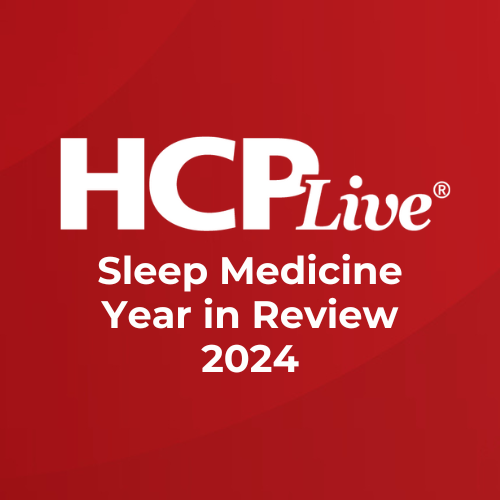Article
Technology in Schools
In a parallel universe, schools are struggling to address the educational needs of students who are literally used to having almost everything a "click" away.
“Dr. Rob” Lamberts effectively articulated yesterday on his blog how resistance with regard to implementing technology that improves communication between healthcare professionals is wreaking havoc on patient care. The scenario he describes could play out in virtually any office (and likely does), and I think that narratives illustrating the need for healthcare reform—and the impediments to it—are beneficial to the public in general.
In a parallel universe, schools are struggling to address the educational needs of students who are literally used to having almost everything a “click” away. I recently had dinner with a colleague who told me that electronic books that could be read on iPods were under consideration for students by local schools. Teachers are using blogs, wikis, and just about every other online tool that you can think of to engage students and their parents, and I’ve seen kids as young as 10-years-old bring their laptops to class.
Technology is indeed here to stay and has placed its stamp on our culture. However, just like healthcare IT, I think we need to be careful about the ways that we implement it—for different reasons. We are moving from using technology as a tool to making technology a lifestyle. Think about it. Kids use technology for school, for entertainment, and for social interaction. And at the risk of sounding like a broken record, what we know about the effects of being constantly “on” on a child’s development is precious little more than zip.
So, I get uncomfortable when I read about studies like the one presented yesterday at the APSS conference that links lack of sleep and obesity in adolescents. Why? Because the researchers found that less sleep was associated with more screen time, be it the television set, the computer, or a Nintendo DS. Further, more hours of screen time was associated with higher caffeine intake.
This study represents just one of many concerns about how technology has affected our lifestyles and possibly even child development.
Kids live in a world where access to technology is accepted right up to the time that they go to bed. We can’t take technology away, but we can exercise some control the number of hours kids are staring at a screen. Should we?





